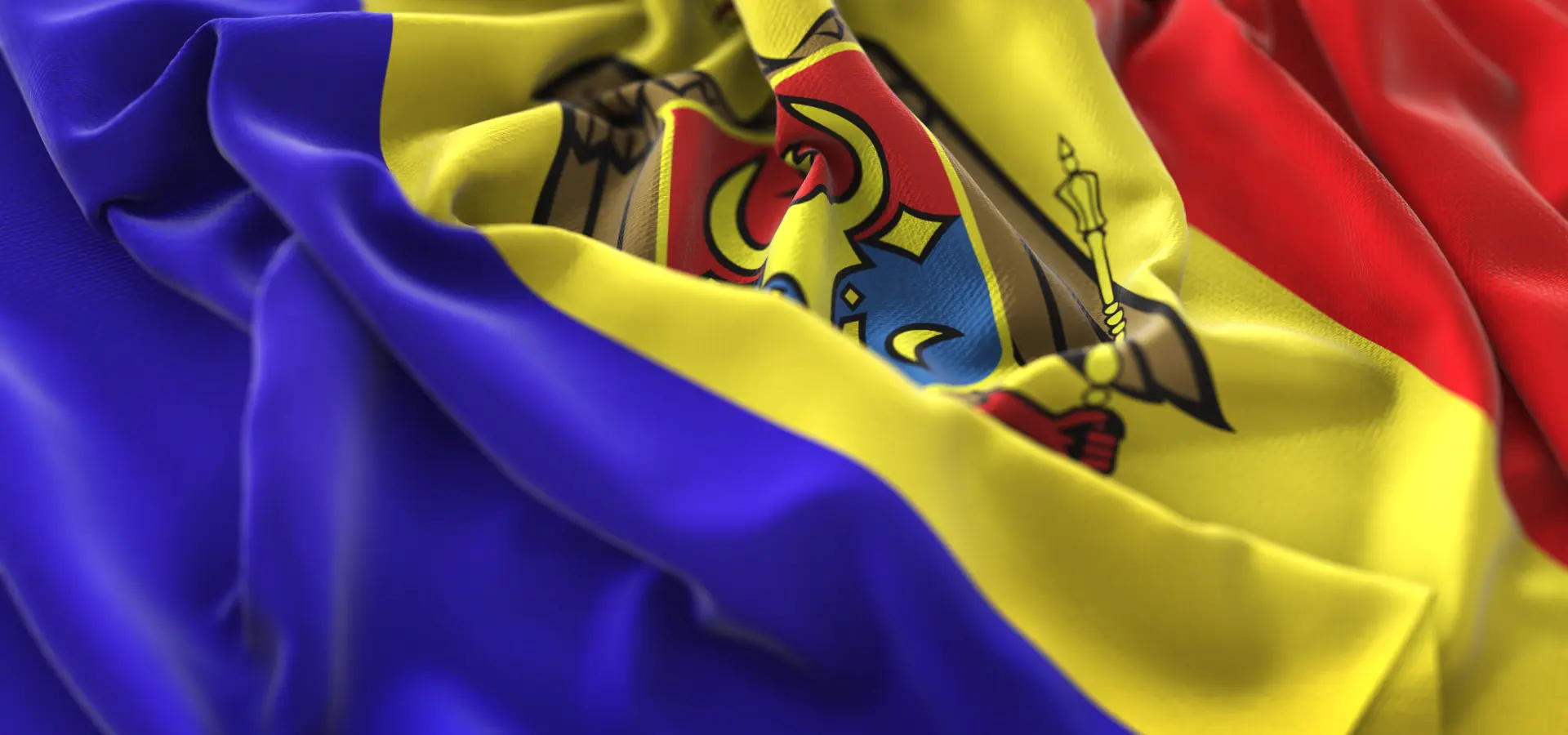Obtaining Moldovan citizenship is a crucial step that grants access to EU citizenship rights and opens up new opportunities for work and life. However, even minor mistakes in the application process can lead to serious consequences — from delays and lengthy checks to rejection and starting over.
The most common mistakes are usually caused by lack of knowledge or poor preparation. This article will help you avoid these common pitfalls and guide you through the citizenship process efficiently and with confidence.
Common Reasons for Rejections and Delays
Incomplete or Incorrect Document Package
One of the most common mistakes is submitting an incomplete set of documents. Important records may be missing, translations might have errors, or some documents may lack proper notarization. Certificates of no criminal record are sometimes expired or incorrectly filled.
Discrepancies in Document Data
Inconsistencies in names, places of birth, or dates are a frequent reason for rejection. For instance, if one document lists "Ungheni" and another says "Uncheni," it can raise red flags. Such mismatches usually require corrections or official explanations.
Errors in the Application Form
The application for Moldovan citizenship is an official legal document. Any mistake—such as incorrect dates, addresses, or marital status—can be seen as providing false information. This may result in clarification requests or outright rejection.
Delays in Intergovernmental Requests
Once submitted, the Moldovan authorities send inquiries to other countries to verify criminal history or other citizenships. Responses may take months, especially from conflict-affected or bureaucratically slow countries. In some cases, no response is received, threatening the success of the process.
Failure to Meet Language or Financial Requirements
Certain applicants must prove proficiency in Romanian and demonstrate legal income. Failure to meet these requirements—such as not passing the Romanian exam or lacking financial documentation—often leads to rejection.
How to Avoid Mistakes: Practical Advice
Complete and Correct Document Package
Before submitting your application, make sure you have the full set of required documents. Double-check each document for typos, data consistency, and proper translations. Always use certified notaries and translators — trying to save money at this stage may cost you more in delays and corrections.
Fixing Document Discrepancies
If your documents contain discrepancies — such as different surname spellings or conflicting birthplaces — these must be resolved before submission. This often requires archive requests, corrections through civil registry offices, or record restoration. Such issues are especially common in documents from former CIS countries due to transliteration errors.
Careful Application Review
Don’t rush the application. Fill out every field attentively: dates, addresses, previous surnames, marital status. It's better to check everything 2–3 times than face requests for clarification later. Also make sure the state fee is paid correctly and on time.
Timeline Planning and Language Preparation
Some applicants are required to pass a Romanian language exam. Prepare in advance: enroll in courses, practice sample tests, and work with a tutor. It’s also important to provide income verification — salary slips, bank statements, rental agreements, or business documents. Gathering these takes time, so plan ahead.
Using Professional Assistance
If you’re unsure about any part of the process — don’t take chances. Legal and migration consultants can help you assemble the correct document package, prepare explanations, fix issues, and track your application status. Their support is especially helpful in international cases or complex situations.
Steps to Prepare Properly
This step-by-step guide will help you organize the preparation process and avoid confusion. Each stage requires careful attention, but following this structure significantly increases your chances of success:
| Step | Action |
|---|---|
| 1. Document Review | Compare all data across your documents: full names, birth dates, places, transliterations. Identify and record any discrepancies. |
| 2. Error Correction | If inconsistencies are found, contact the relevant authorities — civil registry, consulates, or archives — to obtain corrected versions. |
| 3. Translation and Legalization | All foreign-language documents must be translated and notarized. Some may also require apostille or consular legalization. |
| 4. Exam Preparation | If required, enroll in Romanian language courses, use online tools, and practice with native speakers. Also prepare for the history and civics test. |
| 5. Application Review | Fill out the citizenship application without errors. Double-check all fields, especially addresses, dates, and information about relatives. |
| 6. Legal Assistance | You can consult a migration lawyer at any stage, especially if your case involves foreign documents or is legally complex. This saves time and reduces risk. |
Conclusion
The process of obtaining Moldovan citizenship requires not just intention, but careful attention to detail. Even small errors — a typo, a missing document, or an incorrect translation — can result in rejections and months of delays.
To avoid these pitfalls, it's important to prepare all necessary documents in advance, resolve discrepancies, complete the application accurately, and, if required, study for the Romanian language exam.
If you’re unsure about any step — leave it to the professionals. Experienced migration specialists can help you complete the process quickly and with the highest chance of success.
Attention to detail and a responsible approach are your best allies on the path to Moldovan citizenship.
